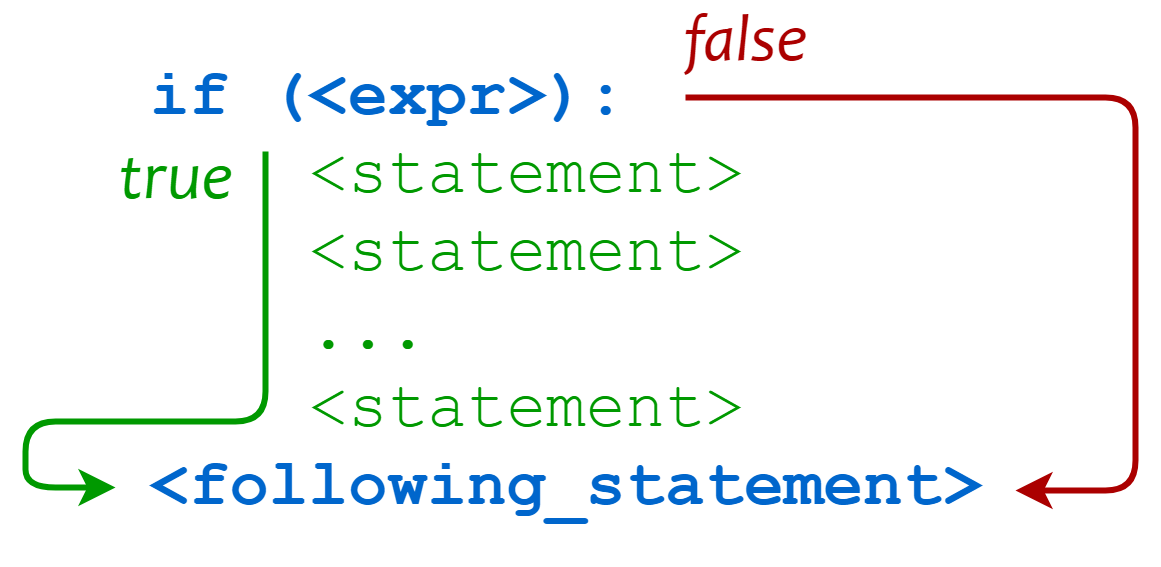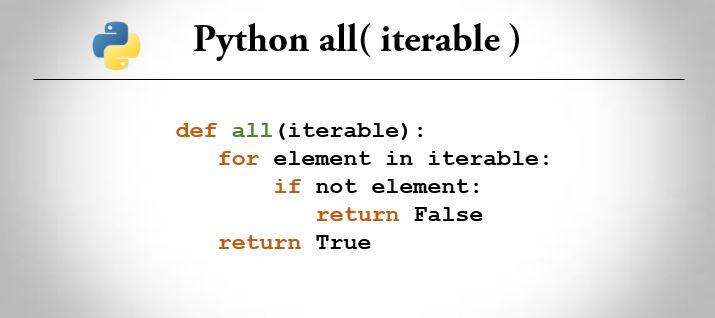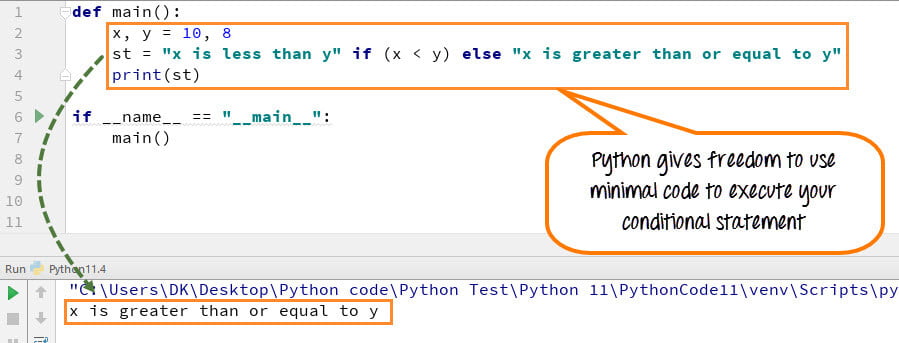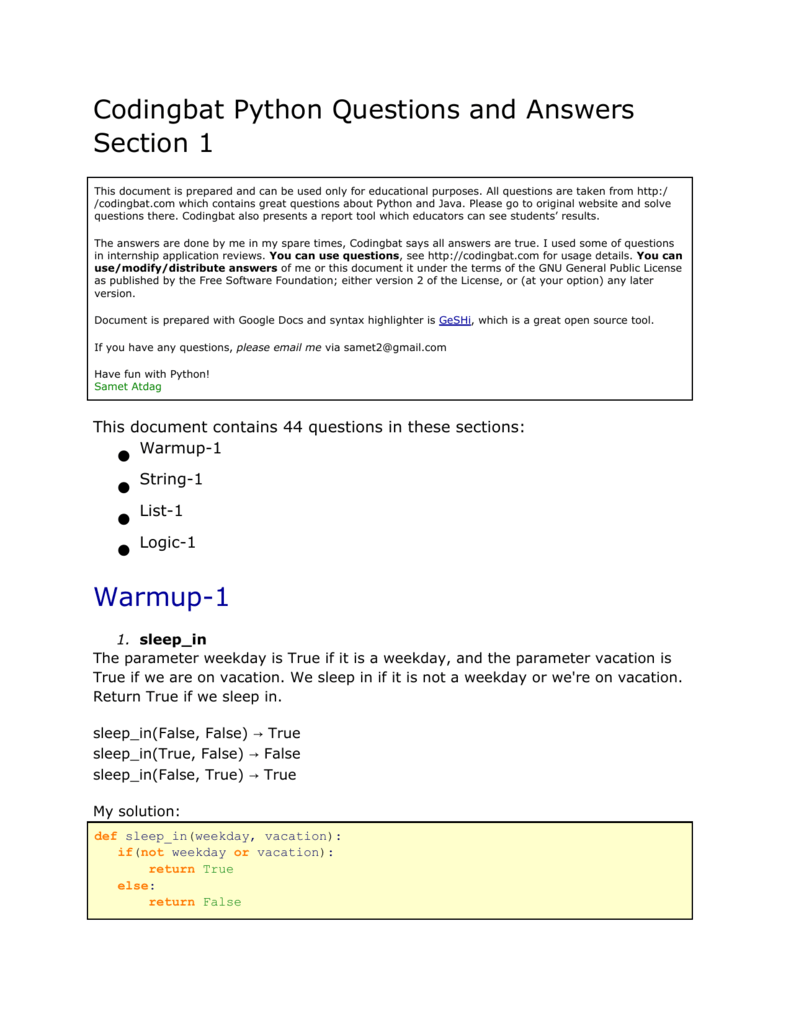Python if not true.


boolean

Operators are special symbols in Python that carry out arithmetic or logical computation. I highly recommend doing the coding part with me — and if you have time, solving the exercises at the end of the article! The getRandomPoint function uses the randrange function from the module random. They are equal but not identical. Hint: Create a new list, and append the appropriate numbers to it. In general I find the while not done: form to be marginally more readable.
Python If Statements Explained (Python For Data Science Basics #4)

Hence they get paid for at most 20 hours overtime at 1. The solution 918652728452151 is a super17 number! I'm also supposing that we have some object named done. Though this is good Python, be aware that if you try other high-level languages like Java and C++, such an expression is gibberish. Note too that an equality test is symmetric, but assignment is not. They are used to represent truth values other values can also be considered false or true. Python provides the boolean type that can be either set to False or True. Also, note that not A and not B is only true if both not A and not B are true, i.
Non

See the next line to understand it more clearly. They are described below with examples. It is the type of the results of true-false conditions or tests. Write an initial version of a program congress. George Boole created Boolean Algebra, which is the basis of all modern computer arithmetic.
Python Basic Operators

The format operation at the end of the main function uses the floating point format to show two decimal places for the cents in the answer: def calcWeeklyWages totalHours , hourlyWage : '''Return the total weekly wages for a worker working totalHours, with a given regular hourlyWage. Read the pieces for webpage now. Tests for equality do not make an assignment, and they do not require a variable on the left. When x reaches some particular x coordinate, call it xLow, the ball should bounce. If all are False, returns the last value operators descriptions not x Returns True if x is True, False otherwise x and y Returns x if x is False, y otherwise x or y Returns y if x is False, x otherwise See for more details. False False This is the same example as the previous one. Otherwise, it is False And if we are using or and if any of the two operands is True, then it is True and it will be False if both the operands are False.
Boolean in Python : AND, OR, NOT, True and False and operators, etc

They are True and False. On the if line I wanted to specify two conditions. A or B - Either A or B or both. Used to reverse the logical state of its operand. However, most programmers would agree that A is better. It ends with a line testing the function: def printAllPositive numberList : '''Print only the positive numbers in numberList. Josh What is the password? Money I don't know you.
Python Comparison Operators Example

The behavior of and can be summarized as follows: expression result true and true true true and false false false and true false false and false false Notice that if the first expression is false Python does not check the second expression since it knows the whole expression is false. Let us show a few examples to explain the bitwise operations. It has a red ball moving and bouncing obliquely off the edges. A line is also shown outdented next, about getting exercise. Test it in your Jupyter Notebook! This was my introduction into Python If Statements.
9. Notes about booleans and logical operators — Python Notes (0.14.0)

An annoying second equal sign is required. In the jump function definition use an if- else statement hint. In case more than 40 hours are worked, it is convenient to introduce a variable overtimeHours. In the main function definition use a for-each loop, the range function, and the jump function. In Python any number of comparisons can be chained in this way, closely approximating mathematical notation. Each code section has a long if- elif- else test to see which button was clicked, and sets the color of the picture element appropriately.
Python Operators: Arithmetic, Comparison, Logical and more.

It will be the starting point for a number of improvements that shorten it and make it more powerful in the next section. You would use this like a do-while loop in other languages; as long as the condition remains true, the loop will continue to process. Shortly, while loops will also be introduced, and you will see if statements nested inside of them, too. In the if- else form this is followed by an else: line, followed by another indented block that is only executed when the original condition is false. This comparison has either a True or a False output. Extra parentheses here would not hurt, so an alternative would be 3. In the examples above the choice is between doing something if the condition is True or nothing if the condition is False.
Booleans, True or False in Python

You can do this infinite times, and build up a huge if-elif-elif-…-elif-else sequence if you want! Two variables that are equal does not imply that they are identical. For instance, to test if a Point was not inside Rectangle Rect, you could use the condition not condition is True when condition is False, and False when condition is True. Most statements fit neatly on one line, and the creator of Python decided it was best to make the syntax simple in the most common situation. They are used to check if two values or variables are located on the same part of the memory. The or operator returns true if the first expression is true, or if the second expression is true or both are true. If there are more than two choices, a single test may only reduce the possibilities, but further tests can reduce the possibilities further and further.
7.1. Boolean Values and Boolean Expressions — How to Think like a Computer Scientist: Interactive Edition

So if start is None, then indeed not start will be true. Arithmetic operators Arithmetic operators are used to perform mathematical operations like addition, subtraction, multiplication etc. Same is the case with x2 and y2 strings. Calling break from anywhere within this suite at this same level of nesting will terminate the loop. If it is true the true-body is executed, and if it is false the false-body is executed. For example, you get wet if it rains and you forgot your umbrella. Here, 4 and 5 are called operands and + is called operator.
UNDER MAINTENANCE